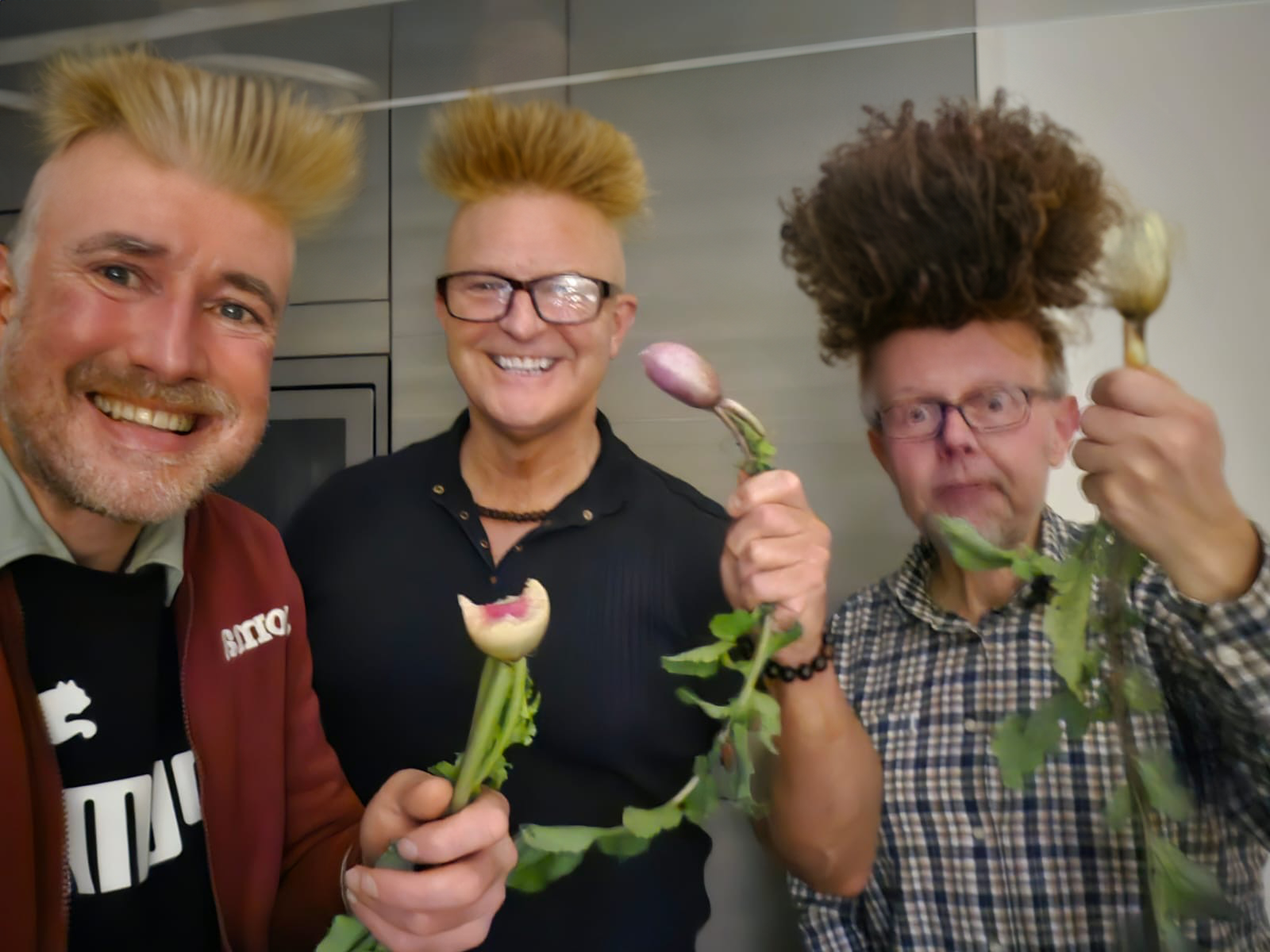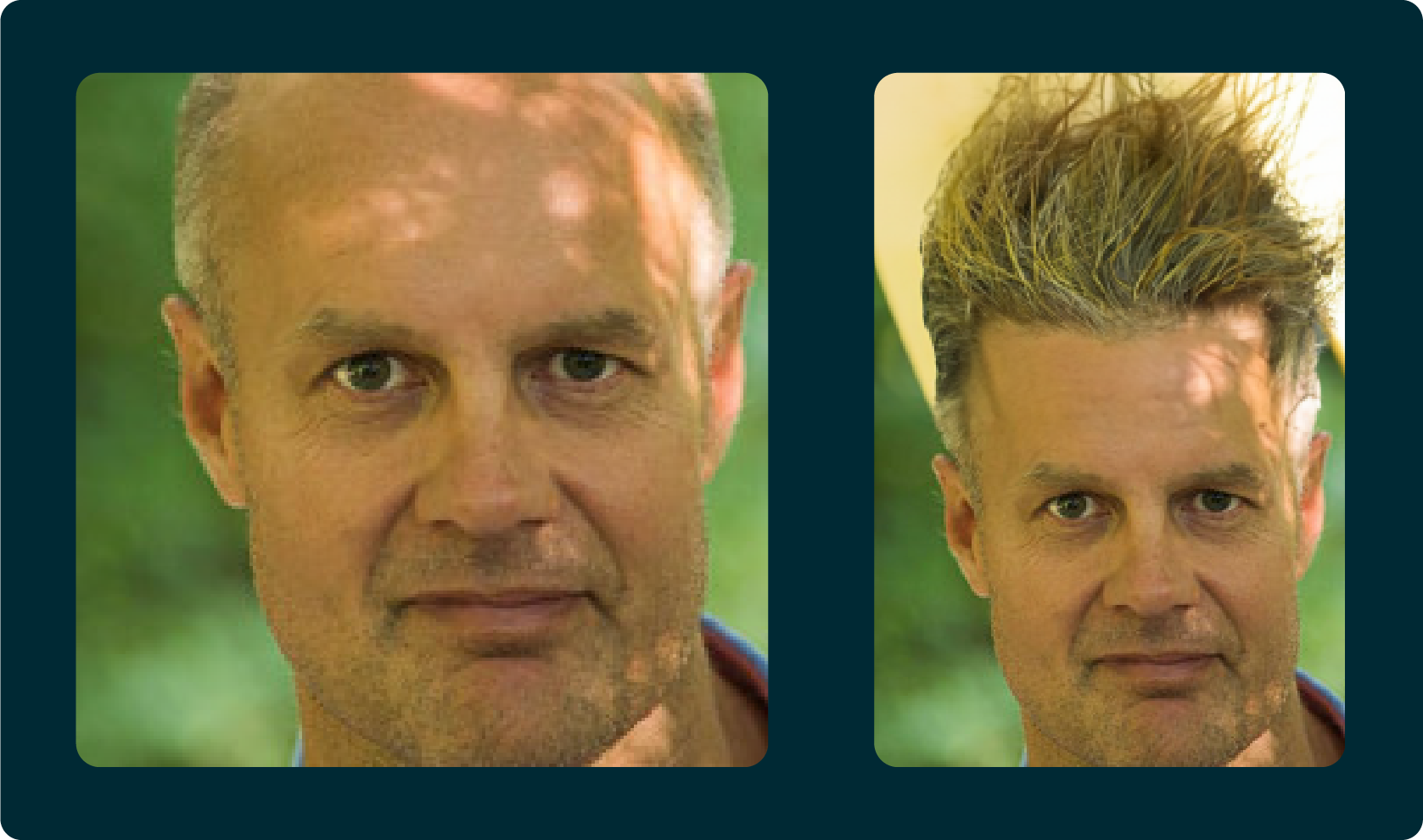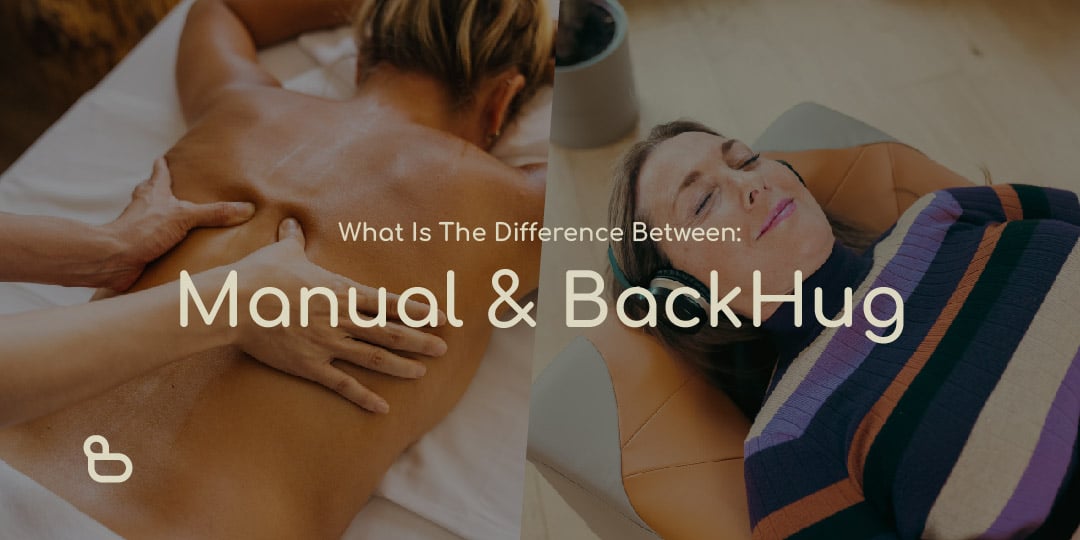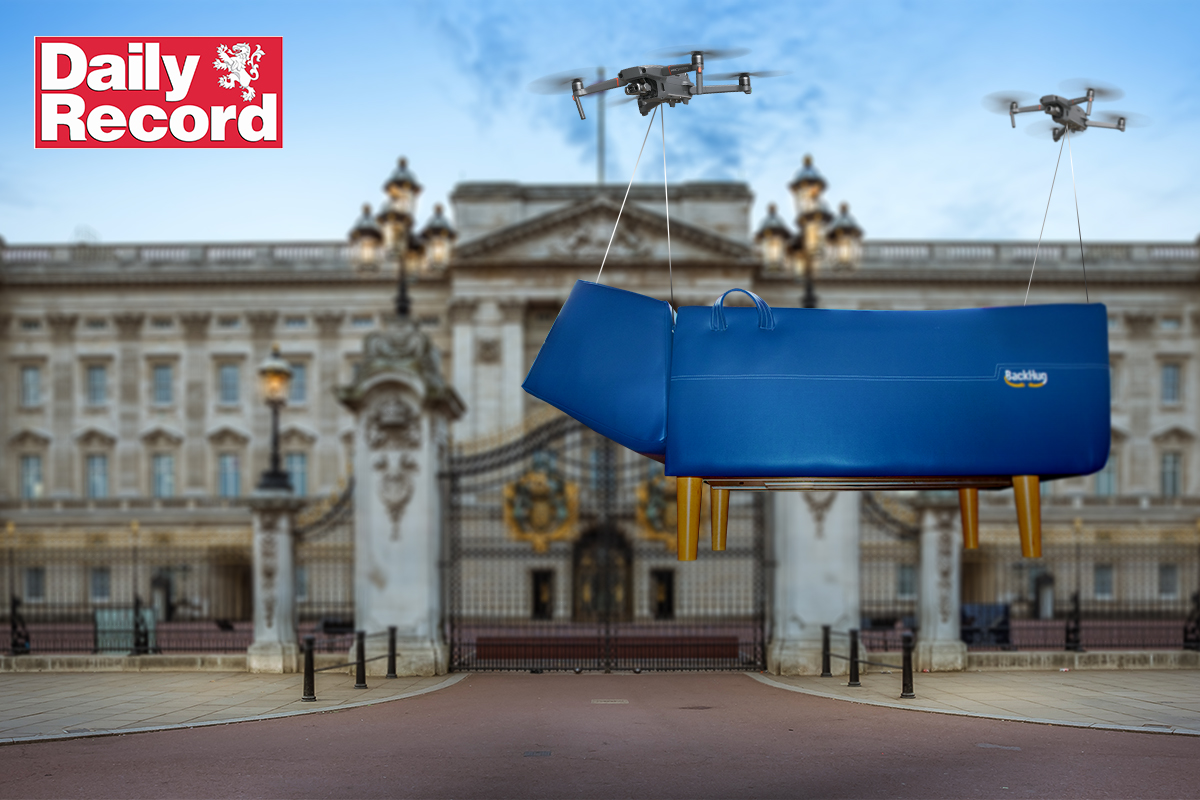BackHug Used AI To Cure Baldness. But The Results Were Unexpected
Can back therapy replace hair implants? Chongsu Lee, inventor of the novel back therapy device BackHug, has no doubts. But although it’s hard to argue with the results this original approach has delivered so far, the formerly bald men who were intended to benefit are not happy.
Lee explains his conviction like this: “The centre of the back is key to health, not just in the back but throughout the whole body. In particular, loosening joints in the back stimulates blood flow, particularly around the cranium.”

Turning to hair growth, Lee argues that “most studies (e.g. Saç, Timotei, De Haar and Hiukset, 2012) have shown that accelerated blood flow around the cranium is the most effective way to stimulate the growth of hair. Up to now, the problem was that we didn’t have an effective way to do that. BackHug can stimulate blood flow, that’s not the issue, but the pace, the rhythm really matters for making hair grow again, and we just couldn’t get it right.”
That’s where - you guessed it - AI played a role: “We now have had software that measures changes in back tension for almost half a year,” Lee continues. “The next step was to take that, along with usage and other data, and analyse it through machine learning. That’s how we were able to develop specialised treatment programs that made hair grow back, by stimulating blood flow in the right way.”

BackHug offered the treatment to three key investors, Jusin, Robin and Simon, as a reward for their financial backing, as well as to BackHug CFO Eric, who was concerned with his receding hairline. The results were very surprising.
In terms of hair growth, the AI-inspired back treatment was a roaring success, with all four men growing hair rapidly in all parts of their heads. But the growth unexpectedly resulted in a very narrow range of hairstyles, all of them similar to haircuts associated with the 1970s and 1980s.

For the men involved, the consequences have been varied. Robin was initially thrilled but is now critical of the technology. “I was delighted that my hair was growing back. All my friends used to tease me about being bald. But now I look like Leo Sayer. When I meet with portfolio companies or investors they’re all very polite, but I know they’re trying not to laugh.”

Justin is more philosophical. “I was never really convinced by the whole idea. If I was having a midlife crisis I’d wear a medallion, or buy a Porsche, I wouldn’t bother trying to look like David Hasselhoff. But living in Germany it’s not too bad, everyone here still has 80s hairstyles, so mine doesn’t really stand out.”
.png?width=1889&height=990&name=Simon%20(Transofrmation).png)
For some, their new haircut poses difficult professional challenges. Simon, head of institutional sales at a large, quoted UK fund manager, says “we’re a very highly regulated industry and some directives, like MiFid, are so long that no one has read them in their entirety, so no one really knows what’s in them. It wouldn’t surprise me if this haircut isn’t going to breach one of those directives and I can’t afford to do that. Compliance is very important in my firm. I also do a lot of business in the middle East, where they have a very traditional culture and bouffant hair is frowned upon.”

On a darker note, Eric believes that the new haircut has had a worrying impact on his psychology. “I didn’t mind having a mullet so much, I used to have one as a teenager. But the problem is the effect it’s having on my behaviour. It makes me aggressive. I keep squaring up to people in the street. It’s becoming really serious now, I’ve even been banned from the casino.”
Reaction from existing hair implant practitioners has been mixed. Lambros Mallia, founder of the Yul Brynner hair institute in Boulder, Colorado, is sceptical: “We see new technologies like this all the time, but they soon wear thin with people, and they come back to tried and tested methods.” Gaston Poildelievre, of Clinique Calvities in Monaco, is more open minded: “I think there is potential for this technology, maybe, but only combined with the right implants, not as a standalone solution.”
.png?width=1080&height=1080&name=chongsu%20(1).png) Founder of BackHug, Chongsu Lee, testing out the prototype for nineties hairstyles.
Founder of BackHug, Chongsu Lee, testing out the prototype for nineties hairstyles.
Lee, for his part, is undeterred: “This is an early stage technology and we are confident we can iterate the solution to produce haircuts from other decades and eventually catch up with the present day.” When pressed for a timeline, he says he believes BackHug may enable men to grow nineties haircuts before the end of the year: “We are going to enable a ‘Ross from Friends’ haircut in June, as well as a ‘Carlos Valderama’ in September. Valderama played football for Colombia but he was very popular in South Korea.”
However Heather Combe, formerly of NHS Digital Information and now Reader in Implant Studies at the University of Central England warns, “the NHS doesn’t believe there is sufficient evidence for back stimulation as a way to mitigate baldness and it certainly shouldn’t be viewed as a cure. Although it may feel good in the short term, we would encourage people to only use treatments - for baldness or any other condition - recognised by the NHS.”


